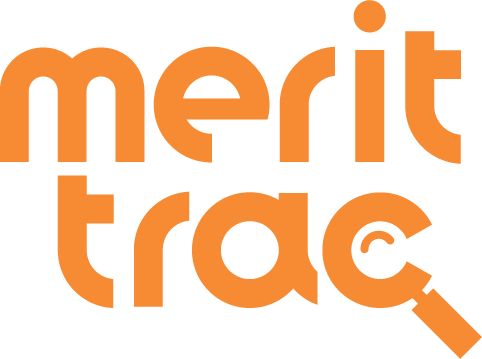
How Institutions Are Achieving Higher Placements by Making Students Industry-Ready?
Date: 12/09/2019 | Posted by: MeritTrac | Category: Employability Skills , Education
Colleges and universities, today, are considered a stepping stone into the corporate world. They not only have the responsibility of providing their students with top-class education but are also expected to provide them with quality placements with well-established companies. Colleges and universities have realised that there is an urgent need for them to take up the responsibility to make a student, industry-ready from day-1.
While there is stiff competition among students to get into the top colleges and universities, there is also a cut-throat competition among the colleges and universities to become a preferred choice for students. Today, placement rates have become a very important evaluation criteria for students and their parents while selecting an institution for higher studies.
Though many colleges and institutions have placement cells, the number of students that get placed is often low due to a multitude of reasons. At times, even after being placed, students are unable to cope up with the expectations and pressure of the corporate world.
Here are some of the challenges that institutions face when aiming for high placement rates-
- Knowledge and Skill Gap
While students may be smart and well-read theoretically, practical application is entirely a different ballgame altogether; a major factor that companies consider during recruitment. This gap between academia and industry can affect placements adversely.
- Short Development Time
Many colleges begin preparing their students for placements only in their final year. This unnecessary delay leads to students being unprepared, and a general lack of awareness sets in. Also, this leads to the colleges dedicating less time (if any) towards the mentoring and grooming of their students.
This poses a serious problem!
Therefore, it is important to note that institutions, today, are going above and beyond in ensuring that their students are not just qualified but are industry-ready too.
These are some of the solutions that institutions are implementing-
- Beginning Early
When colleges assess their students in their first or second year of education, they have ample time to identify their strengths and weaknesses and thus, helps them develop and improve upon the areas needed.
- Tracking Growth
Repeat assessments and in-depth analysis can help track the student’s progress. These reports function as a form of feedback, helping students understand their capabilities and their shortcomings, resulting in a marked improvement in their performance.
- Understanding the Industry
When colleges and universities begin preparing their students early, the students gain a comprehensive understanding of the industry, the work ethic expected of them. Thus, they learn to handle the complexities of work pressure effectively. Assessments also help them gauge their skill levels in accordance with the industry standards, motivating them to reach higher benchmarks.
Getting placed in reputed and recognised companies is no easy task, considering the competition and the current employment opportunities available. But the right institution can make all the difference!
The MeritTrac Advantage
MeritTrac, to put it simply, is a first of its kind testing and assessment services company, aiming at empowering educational institutions. MeritTrac helps institutions in analysing and evaluating the skill level of the students and make the required changes based on the evaluation.
In this case, AceTrac, a next-gen employability skills assessment platform of MeritTrac, has made a massive difference in the quality and quantity of placements achieved for the institution.
Handpicked Articles for Futher Reading
Relevant Case Studies/Whitepapers:














 Sales Hotline: USA: +1 646 916 0939 / Others: +91 80619 14700
Sales Hotline: USA: +1 646 916 0939 / Others: +91 80619 14700


